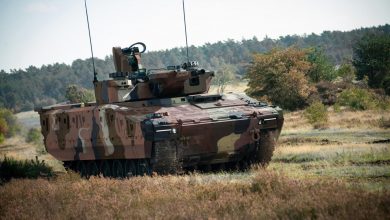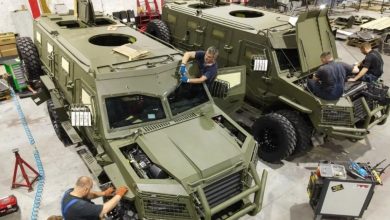
Milli Savunma Bakanı Hulusi Akar’ın Özel Kalem Müdürü Tuğgeneral Remzi Albasan, “Orta Doğu’da Türk Askeri Misyonu” isimli kitabı kaleme aldı.
Milli Savunma Bakanı Özel Kalem Müdürü Tuğgeneral Remzi Albasan kitabıyla Orta Doğu’da yaklaşık bin yıldır devam eden adalet ve güvene dayalı Selçuklu, Osmanlı Türk devlet geleneğinin son dönemde Azerbaycan, Kosova, Bosna, Katar, Somali, Irak ve Suriye’nin kuzeyi ile Libya’da ortaya konulan yüksek siyasete dayalı faaliyetler sayesinde asli kodlarıyla buluştuğu gerçeğini ortaya koyuyor.
Kosova’dan Somali’ye, Bosna’dan Katar’a, Irak ve Suriye’nin kuzeyinden Azerbaycan’a ve Libya’ya kadar son 20 yılda cereyan eden olaylar kitabın temel tezini kuvvetlendirirken,Orta Doğu’ya panoramik bir mercek tutan kitap, tarih boyunca Türkler ve Araplar arasındaki münasebetlerin boyutlarını, Türklerin Arap kültürüne kazandırdıklarını, İslamiyet’in hamiliğini yapmaya kadar giden süreci sade ve anlaşılır bir dille anlatılıyor.

Orta Doğu’nun tarihteki ve günümüzdeki önemi anlatılırken bölgenin bitip tükenmek bilmeyen mücadelelere, göçlere ve istilalara sahne olduğunu hatırlatan Albasan, bu mücadelelerde pek çok millet ve medeniyetin yok olup gittiğini, bu nedenle Orta Doğu’nun otorite boşluğu yaşadığı dönemlerde adeta milletleri ve medeniyetleri yutan bir mezarlık görünümünde olduğuna dikkati çekiyor.
Türk milleti için söylenen “Asker-Millet” ifadesinin bugün de yaşadığını anlatan Albasan, Türklerde askeri eğitim ve terbiye sisteminin henüz çocuk yaşlarda başladığını, hiçbir dönemde halk ile ordunun asla ayrı bir unsur olarak kabul edilmediği vurgulanıyor. Tarih sahnesine çıkan ilk Türk devletlerinde var olan istiklal duygusunun bugün de diri bir şekilde Türk milletinin ruhunda devam ettiğini belirten Tuğgeneral Albasan, Türk devletlerinin yüz yıllardır tarih sahnesinde var olmasını, istiklal ruhunun ve vatan sevgisinin bir göstergesi olarak nitelendiriyor.
Osmanlı yönetiminde 400 yılı aşkın süre boyunca dönemsel küçük olaylar ve bazı bölgesel isyan girişimleri dışında halkın huzur, güven içerisinde yaşadığı ve adaletle yönetildiği coğrafyanın Osmanlı’nın 1918 yılında çekilmesiyle huzurun geride kaldığı bir coğrafya olduğu anlatılan kitapta, Osmanlı sonrası Orta Doğu’nun birbirine düşman küçük parçalara bölündüğü, bu otorite boşluğunun günümüzde çeşitli terör örgütlerinin ortaya çıkmasına neden olduğu belirtiliyor. Bugün Irak ve Suriye’nin kuzeyinden saldıran PKK/PYD-YPG ve DEAŞ gibi terör örgütlerinin de Osmanlı sonrası çizilmiş sınırların ortaya çıkardığı otorite boşluğunun bir nedeni olduğu ifade ediliyor..
Aşağıdaki linkten kitaba ulaşabilirsiniz.
https://www.kopernikkitap.com.tr/ortadoguda-turk-askeri-misyonu





